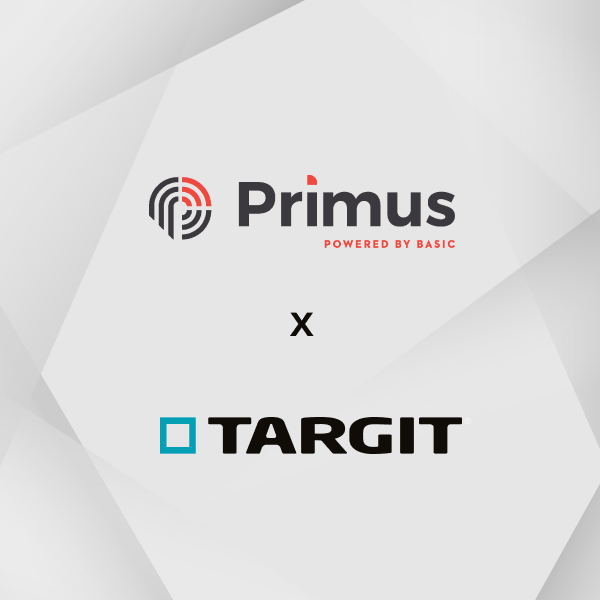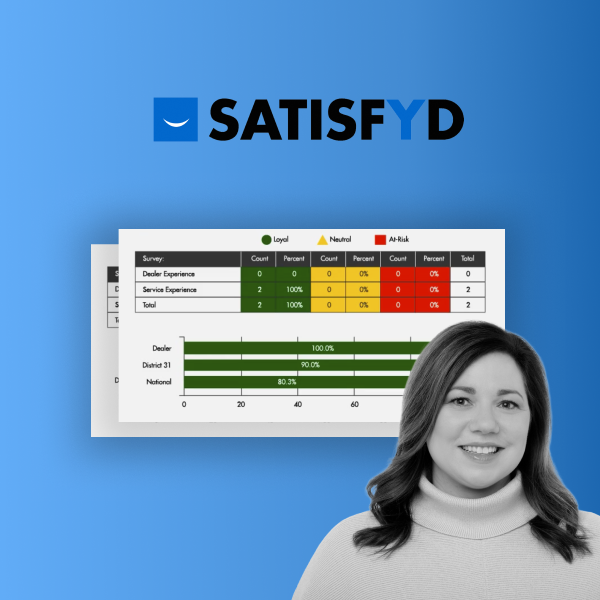As every winery employee knows, you might have what you consider the best grapes, the best barrels, and the finished product, but without customers, you only have the best hobby. Sales are what makes that hobby a business.
This is, of course, where it always gets knotty. A winery business can’t be pegged into a single hole of industry. It’s complicated, multi-faceted, and often fickle. As a whole, a winery is the agriculture, supply chain, distribution, and retail industries all rolled into a few hundred acres.
So how do you design a business that steers every part of the winery toward data-driven excellence and increased sales?
Find the Balance in Data
The first step to designing a successful winery analytics strategy that drives data-driven optimization lies in your KPIs.
Direct-to-consumer (DTC) sales performance is critical for many wineries. According to Silicon Valley Bank’s 2023 Direct-to-Consumer Wine Survey, DTC sales account for almost 75% of the average winery's sales.
In our experience working with wineries, we’ve found that many wineries understand their basic winery sales KPIs — revenue by channel, revenue by month, number of club members, and number of cases sold — but that’s where it ends. With that kind of limited data insight, they’re leaving a lot of juice left to be squeezed. Grape pun intended.
So let’s talk about some additional — sometimes overlooked, yet nevertheless critically important — winery KPIs that lead to a better understanding of customers and better decisions for the entire business.
Best KPIs for the Winery Tasting Room
Visitor source breakdown
Many wineries track the number of visitors to their tasting room, but they should also analyze where those visitors come from. Are they existing club members, returning visitors, or did they just find you on Groupon? This will help you understand if your marketing programs are actually bringing in new visitors.
Visitor conversion rate
Are your visitors becoming customers? Did they sign up for your mailing list, join your wine club, or make a purchase? It’s important to break this data down by sales employee. Not only can you learn who your top salespeople are, but you might also learn that some are more skilled at promoting the wine club, while others are better at selling one-time purchases. With this information, you can provide additional training and help winery and employees reach their goals.
Average sales amount
This is the average sale per tasting room visitor. Are visitors buying more or less than before? Does it vary by time of year?
Best KPIs for the Wine Club
Attrition rate
Unfortunately, sometimes customers move on. Is there a trend as to who is leaving and when? How much did they purchase before they left? Monitoring this KPI will help reveal trends that could help you keep more customers in the club.
Club loyalty
What is the average tenure for members? What is the average purchase amount over the year for a member? Understanding your customers at a deeper level helps you design programs to better serve them.
Market basket analysis
One key to increasing sales is the ability to make the proper recommendations. Market basket analysis helps you understand what products customers buy together. If they buy your 2014 Cabernet Sauvignon, do they also buy your 2015 Sauvignon Blanc? This type of analysis is a common tool for many retail ecommerce sites, such as Amazon. I know I’m not the only one who gets sucked into those “frequently purchased together” combos that pop up when I click on an item on Amazon. This can be incredibly useful for wineries as well. Consider how powerful this could be on an ecommerce site, club, and tasting room sales.
Best KPIs for Winery Sales
RFM analysis
RFM analysis is a marketing technique used to determine which customers are most valuable based on how recently they purchased, how often they purchase, and how much they spend. Your marketing budget is limited, so it is critical to understand where to spend your money. By using RFM analyses, you can identify the customers that are more likely to purchase again. By examining value, you may discover that you’re marketing to that father who made a large purchase for a wedding reception, so he may never make that purchase again. By bringing in frequency and recency along with value, you can focus marketing on the customers who are more likely to purchase on a routine basis.
Geographic analysis
Where are your sales and members coming from? Are your customers local or do they come from all over the country? This information can help you understand and expand your distribution.
Better Insight for Better Winery Business
These are just a few KPIs that our customers are using today as they bring together all of their data to get a complete look into their operations. These are a great place to start, and with TARGIT’s BI and Analytics for wineries, you get these and more ready to connect to your data. Once you get going, you can easily add additional KPIs to meet any of your specific needs.




